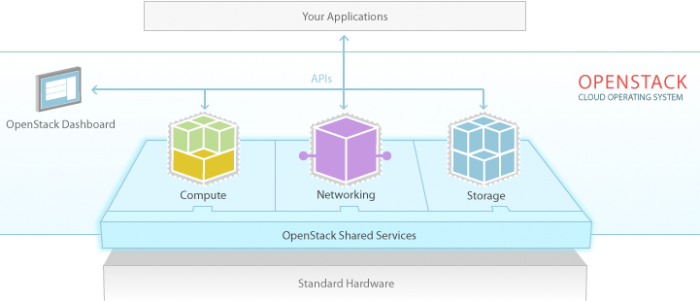Virtualization of IT infrastructure is a well-accepted phenomena leading to simplification of network infrastructure and reduced cost. This has also lead to the growth of cloud/shared infrastructure. Virtualization and Cloud computing has changed the way enterprise conduct their business, enabled innovation and creation of value-added services across different industry verticals benefitting millions of customers
Network infrastructure is a multi-vendor environment with infrastructure coming from different equipment providers. With an increase of Video/OTT traffic, all the service providers are in the process of upgrade and scale their network in order to meet the demand making the already complex network infrastructure even more complex by introducing equipment from new OEM or an upgrade from the incumbent OEM. Increasing infrastructure cost, co-existence of legacy and new equipment, manageability, new value-added services leading to the complex network are some of the major pain points of the operators. This situation has led to a big surge in managed service business where operators are forced outsource the maintenance of their existing network infrastructure at a high cost to companies such as IBM, Accenture, Nokia Siemens, Alacatel-Lucent, Cisco, Ericsson etc.

How do operators reduce managed service cost? How can they roll out new services without getting bogged down by complex network infrastructure? This is where Network Function Virtualization (NFV) steps in.
Operators are looking at NFV to reduce complexity, cost, fuel innovation and thereby rolling out number of value-added services which going to reduce churn & increase ARPU.
OEM vendors are now forced to look for an option where standard network (wireless + wireline) functions and applications (Voice + Video+ data) would be running on standard off the shelf infrastructure instead of proprietary hardware. The benefits are immense. Tier-1 operators can achieve better customer loyalty and improved ROI. Tier-2/3 operators are expected reap benefit of NFV the most. Virtualization creates a level playing field enabling them to add complex value-added service at a significantly reduced cost. In summary, the cost of doing business is going to reduce in an NFV world.
Replication of success of IT Virtualization into Network Virtualization by no means an easy task from technology stands point. Virtualization of wireless (GGSN, PDSN, DPI, PCRF, OCS etc) and Wireline(PE router, BRAS, DSLAM, CMTS) functions, Video delivery and optimization platforms are major areas of focus of all the leading OEMs.





